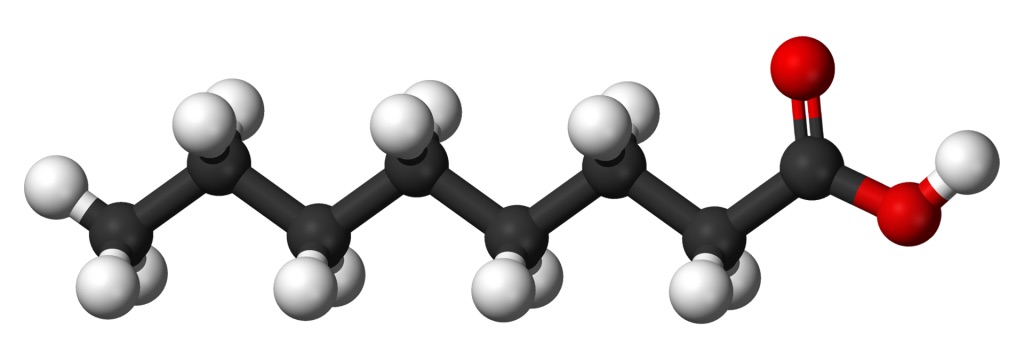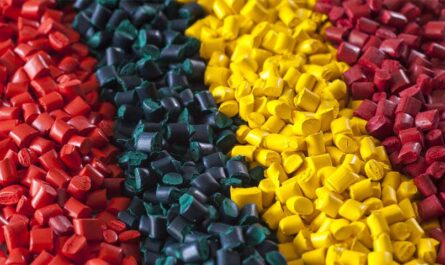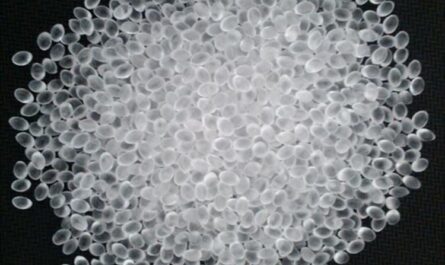Pelargonic acid (PA), also known as nonanoic acid, is a natural fatty acid most commonly found in plants. It is gaining prominence as a potent natural antimicrobial agent and is emerging as a safer alternative to many synthetic preservatives and disinfectants. In this article, we dive deeper into pelargonic acid – its properties, uses, advantages and potential to replace conventional chemical antimicrobials.
Origin and chemical properties
Pelargonic acid is a 9-carbon saturated fatty acid derived from plant sources like nutmeg, palm kernel oil and rapeseed oil. Its molecular formula is C9H18O2 and it has a melting point of around 10°C. Chemically, pelargonic acid is classified as a medium chain fatty acid (MCFA). Due to its chain length and structure, pelargonic acid is soluble in both water and organic solvents like ethanol. It has a distinctive sour odor and taste.
Antimicrobial mechanism of action
Research shows that Pelargonic Acid exerts its antimicrobial action by disrupting the lipid membranes of bacterial and fungal cells. Being a lipid soluble MCFA, pelargonic acid rapidly penetrates the lipid bilayers of cell membranes. This causes perforations in the membrane, leading to disruption of cellular homeostasis, leakage of ions and ultimate cell death. Pelargonic acid’s mode of action differs from many common disinfectants which target intracellular components like DNA or proteins. This makes it difficult for microbes to develop resistance against pelargonic acid.
Uses and applications of pelargonic acid
Due to its potent yet broad-spectrum antimicrobial properties, pelargonic acid finds many applications where microbial control is essential:
– Food processing: It is used as a natural preservative in processed meat, cheese, bread and other baked goods to inhibit mold and bacterial growth.
– Personal care: Pelargonic acid based formulations are used as natural preservatives and antimicrobial active ingredients in products like soaps, shampoos, hand wash etc.
– Agriculture: As a plant protectant, pelargonic acid protects crops from fungal infections. It is also used for sanitizing greenhouses and equipment.
– Animal feed: Used for decontaminating animal feed and bedding to maintain hygiene and prevent transmission of diseases.
– Household products: Many natural cleaning products like surface disinfectants contain pelargonic acid for its germ-killing abilities.
Advantages over other antimicrobials
The increased demand for “clean label” products free from chemical preservatives has boosted the use of pelargonic acid as a natural alternative. Some key advantages it offers are:
– Broad spectrum: Pelargonic acid demonstrates effectiveness against gram-positive and gram-negative bacteria, yeasts, molds and viruses.
– Non-toxic: Being a short chain fatty acid found in many plant essential oils, pelargonic acid is generally recognized as safe for human and animal use.
– Non-irritating: Formulations containing pelargonic acid are mild and gentler on skin as compared to triclosan or benzalkonium chloride.
– Biodegradable: Pelargonic acid readily biodegrades into naturally occurring compounds in the environment without persistence.
– Resistance prevention: Microbes find it difficult to develop resistance against pelargonic acid due to its non-specific membrane disrupting mode of action.
Research and future potential
Continued research on pelargonic acid has led to valuable insights into its applications. Studies show pelargonic acid to be an effective sanitizer even at concentrations as low as 1-3%. It demonstrates antimicrobial persistence of over 3 months when impregnated on surfaces. When combined with other organic acids, it can deliver synergistic broad spectrum effects. With advances in delivery system technology, pelargonic acid based formulations show promise to replace many conventional antimicrobial ingredients across multiple industries. As consumer demand for natural solutions grows, pelargonic acid is poised to play a leading role as the natural antimicrobial agent of choice.
pelargonic acid offers a safer and more effective alternative to synthetic preservatives and disinfectants. With its unique antimicrobial mechanism and advantages over other chemicals, pelargonic acid holds great potential for development across various applications. Continued research on enhancers, combinations and delivery methods will help realize its full potential as the antimicrobial workhorse of the future.
*Note:
1. Source: Coherent Market Insights, Public sources, Desk research
2. We have leveraged AI tools to mine information and compile it



